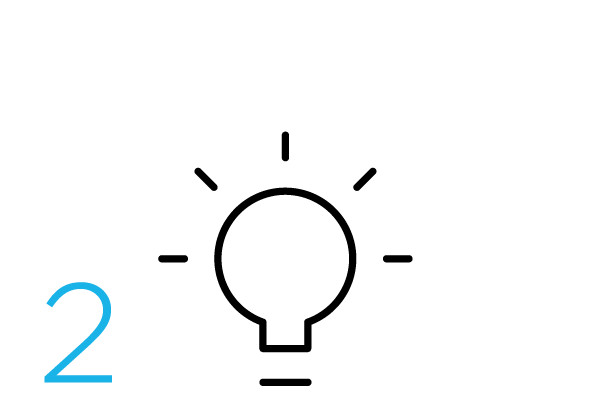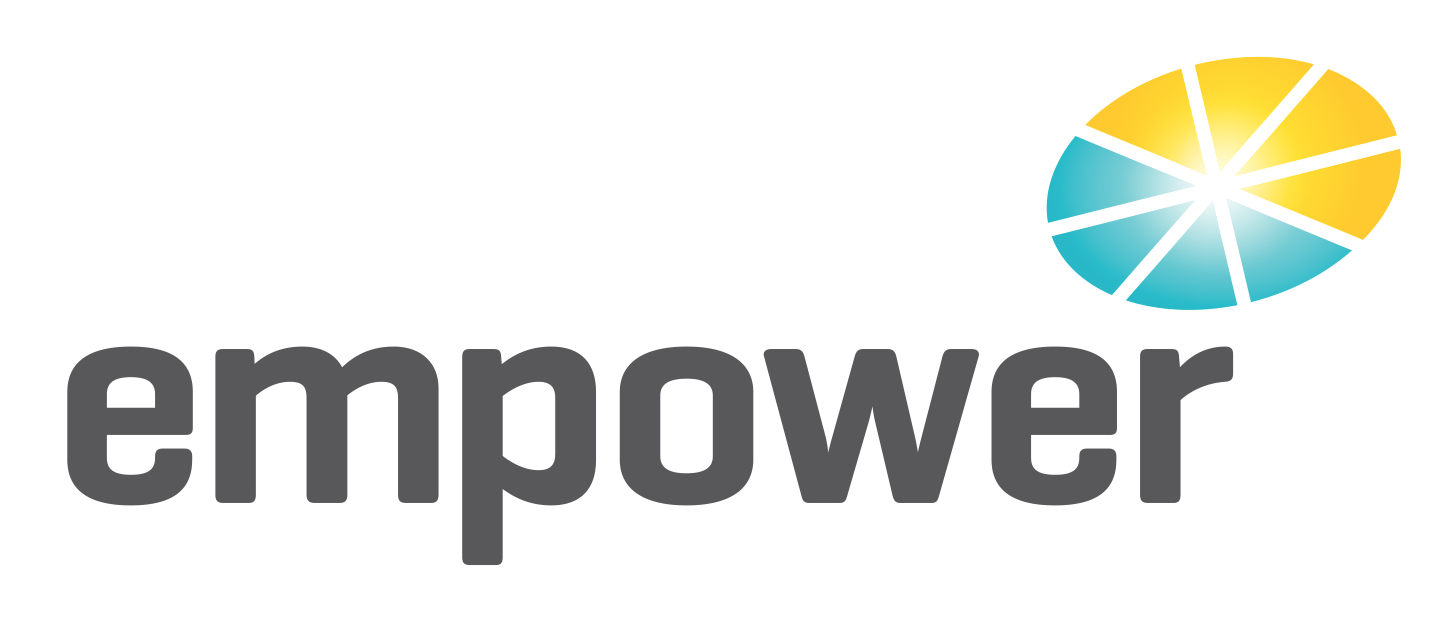

Energy audit step one: gather your bill history
By looking at your history of energy use over the last 12 or 24 months, you can start to identify patterns of use. You’re certain to find some seasonal shifts, such as increasing costs in summer as you turn on the air conditioning. But you may find some unexplained swings that are worth further investigation. All things being equal, your energy use should be fairly consistent year on year. If not, it’s a good idea to speak to your energy retailer to get help identifying any reasons for surprising and unwelcome peaks in your energy use.

Energy audit step two: lighting
It’s worth reviewing every piece of lighting in your business. Is that light essential, or merely decorative? Are you making maximum use of the sun, the best free lighting resource available? We’re not talking about switching off the lights and working in the dark. But even a small reduction in your lighting use can have positive repercussions for your next electricity bill. And of course, upgrading to LED globes is a great way to enjoy long term savings to your energy bill.

Energy audit step three: appliances
Are there any appliances you can switch off at the socket? Items like the office microwave, TV, printer and router can all be turned off at the switch when the office is closed. By getting into this small habit of turning off appliances at the switch during your closing lockup routine you can potentially enjoy good savings on your energy bills. Fridges and freezers are big energy zappers, so check out these tips for ensuring they are efficient. Also, perhaps there are some appliances you don’t really need? Digital clocks in multiple locations can suck up energy, as do constantly plugged in charging stations for staff mobile phones. Take a look and you’ll likely find plenty of energy-sucking items that you don’t need at all.

Energy audit step four: insulation
Heating and air conditioning are two of the biggest energy costs to any business. Better insulation can improve your energy efficiency considerably. Check windows, doors and baseboards and ensure there’s no chances for air leaks. A quick fix with sealant can block these draughty areas and improve your insulation, keeping your business cooler in summer and warmer in winter.

Energy audit step five: staff usage
Make a point to observe staff using electricity at work. They’re possibly more motivated by convenience and perhaps not thinking about how their unconscious habits may be costing your business. Encourage staff to turn off lights, switch appliances off at the socket, get their fully charged phones off the charger and switch off the coffee machine when not in use. Incentive programs and friendly notes reminding staff to do their bit for the environment can help too.

A final point: consider the experts
If you have extensive use of machinery and equipment, it may be a good idea to consider a professional energy audit with Empower. By using advanced diagnostic tools to assess your energy usage and identify ways to cut energy costs, professional energy auditors can identify problems that a DIY audit would likely miss, so are often worth the expense.
